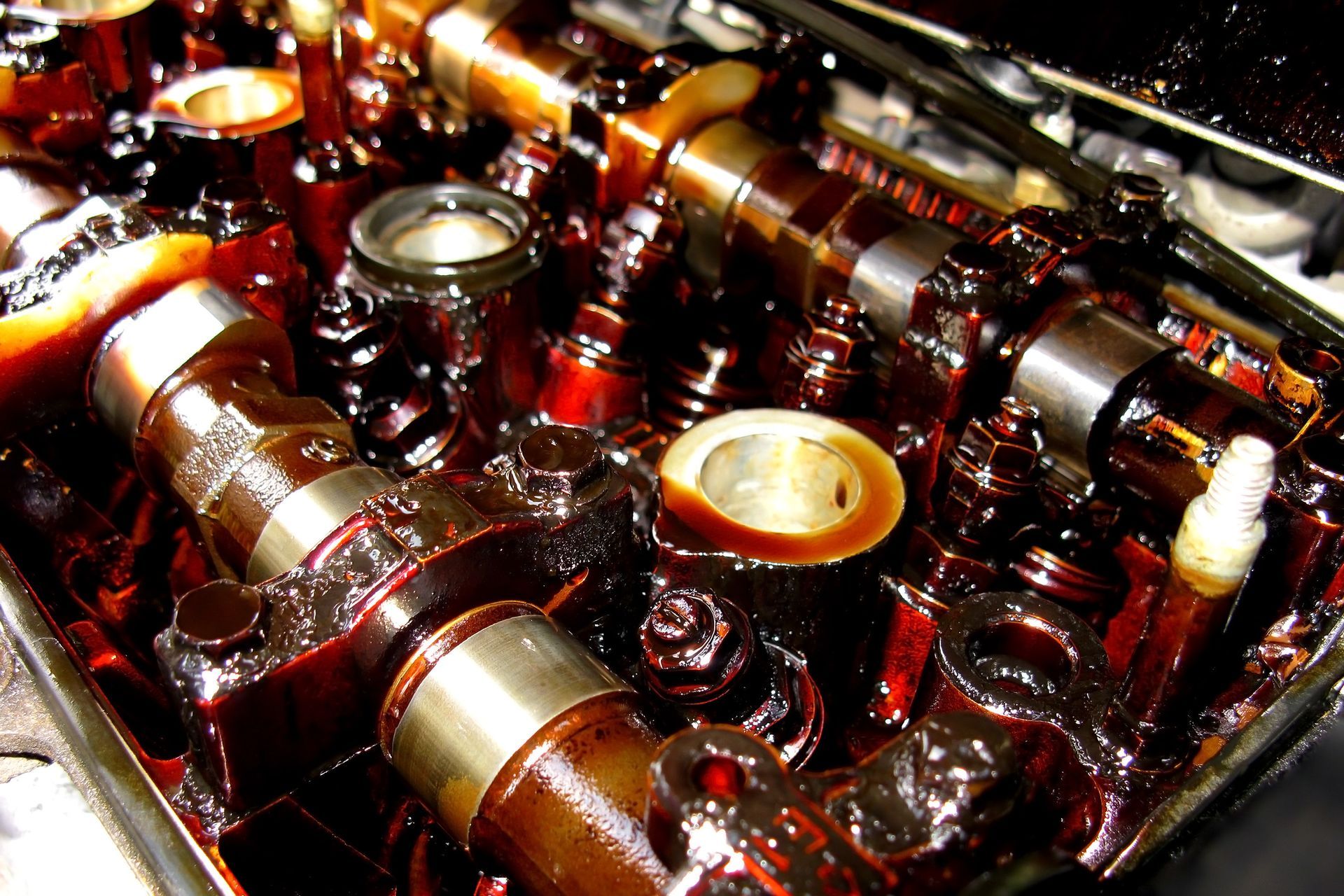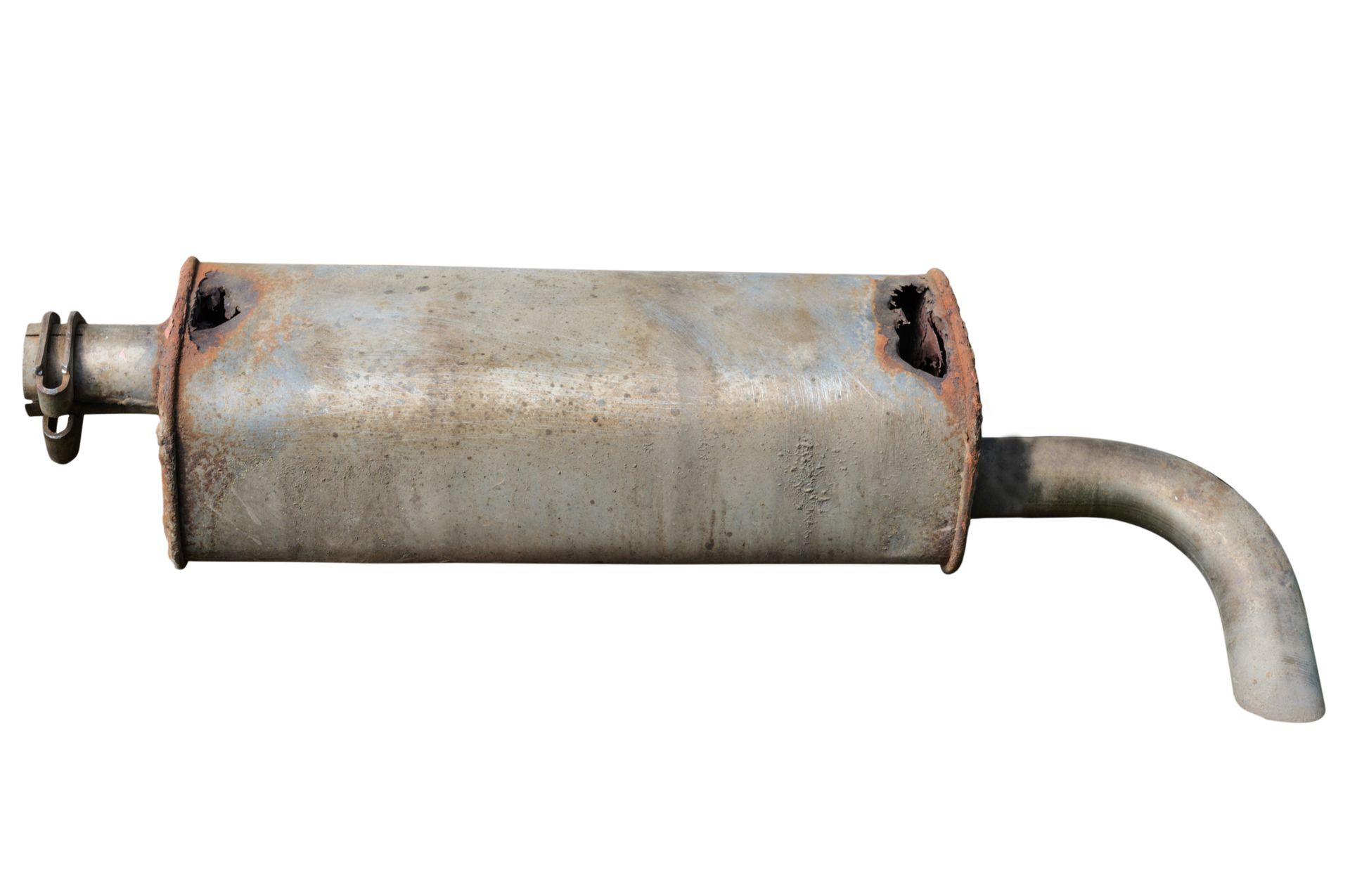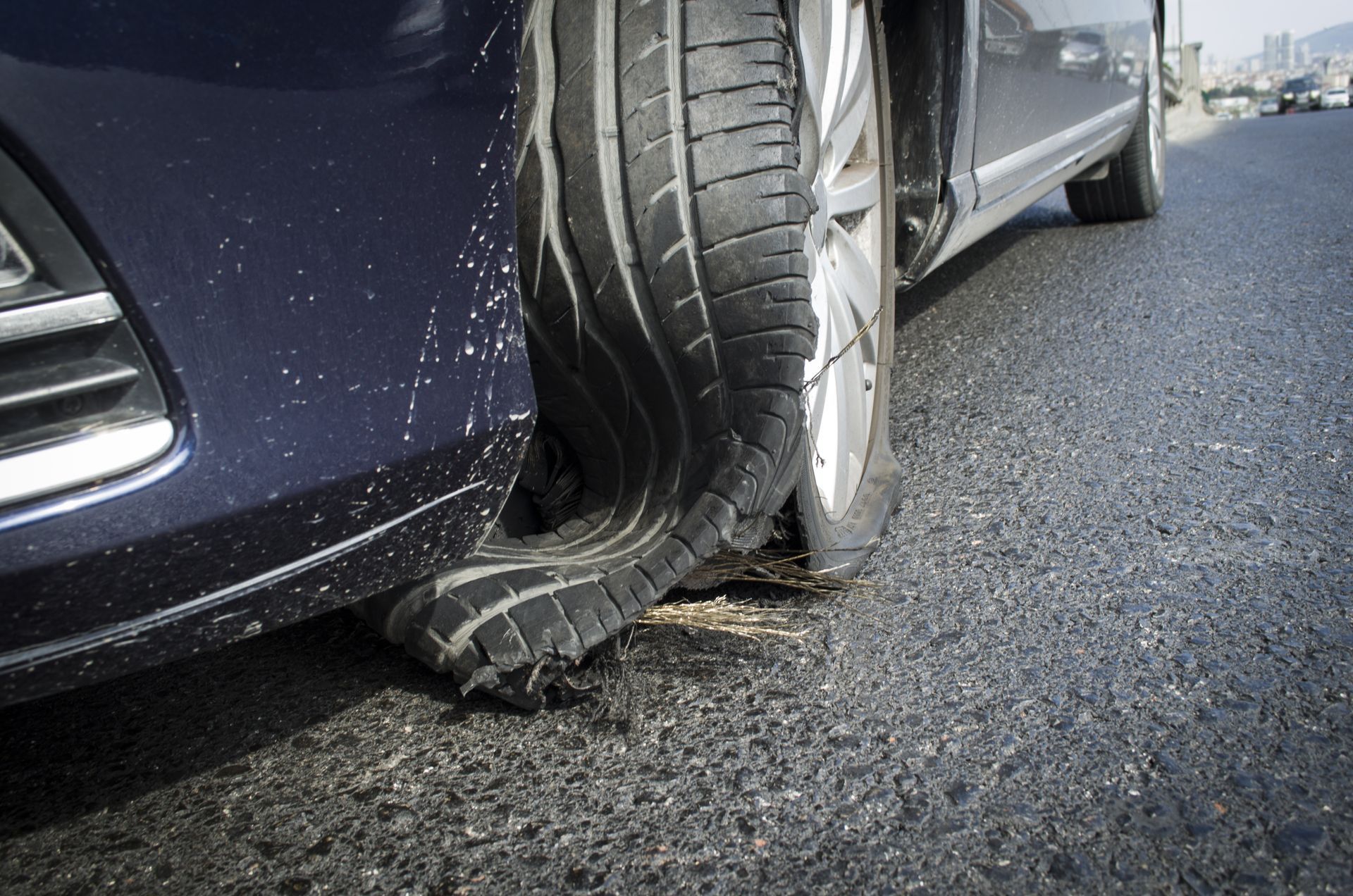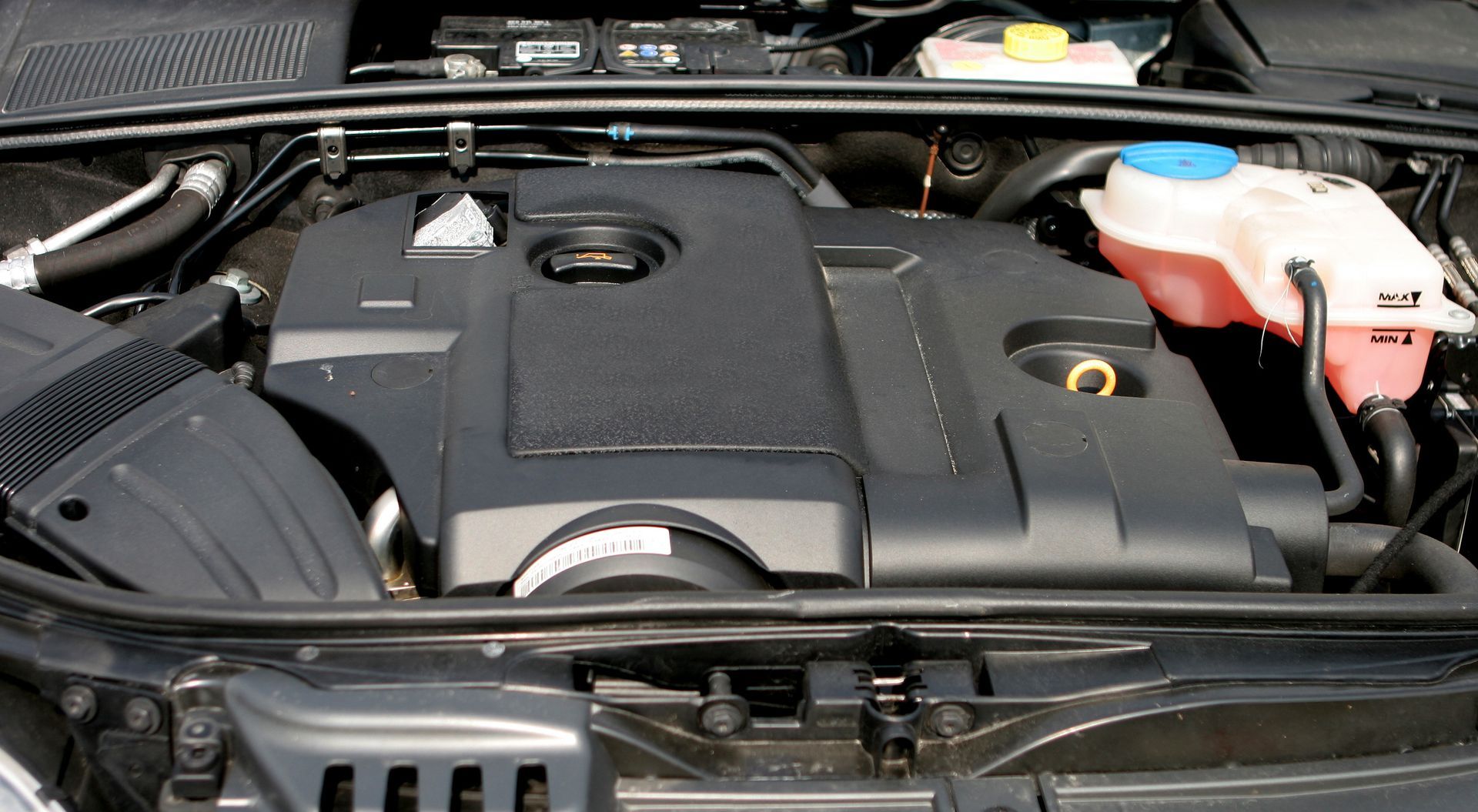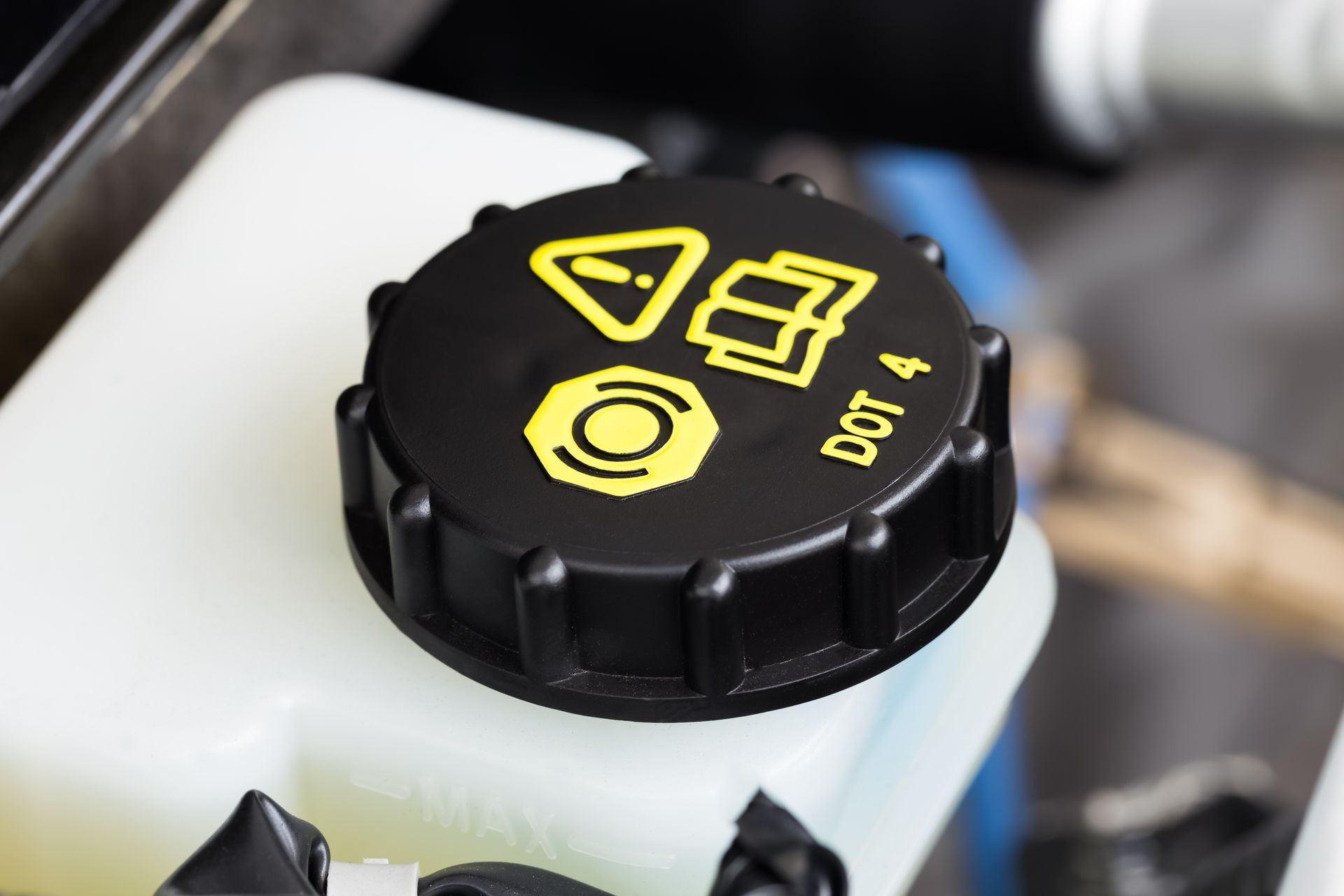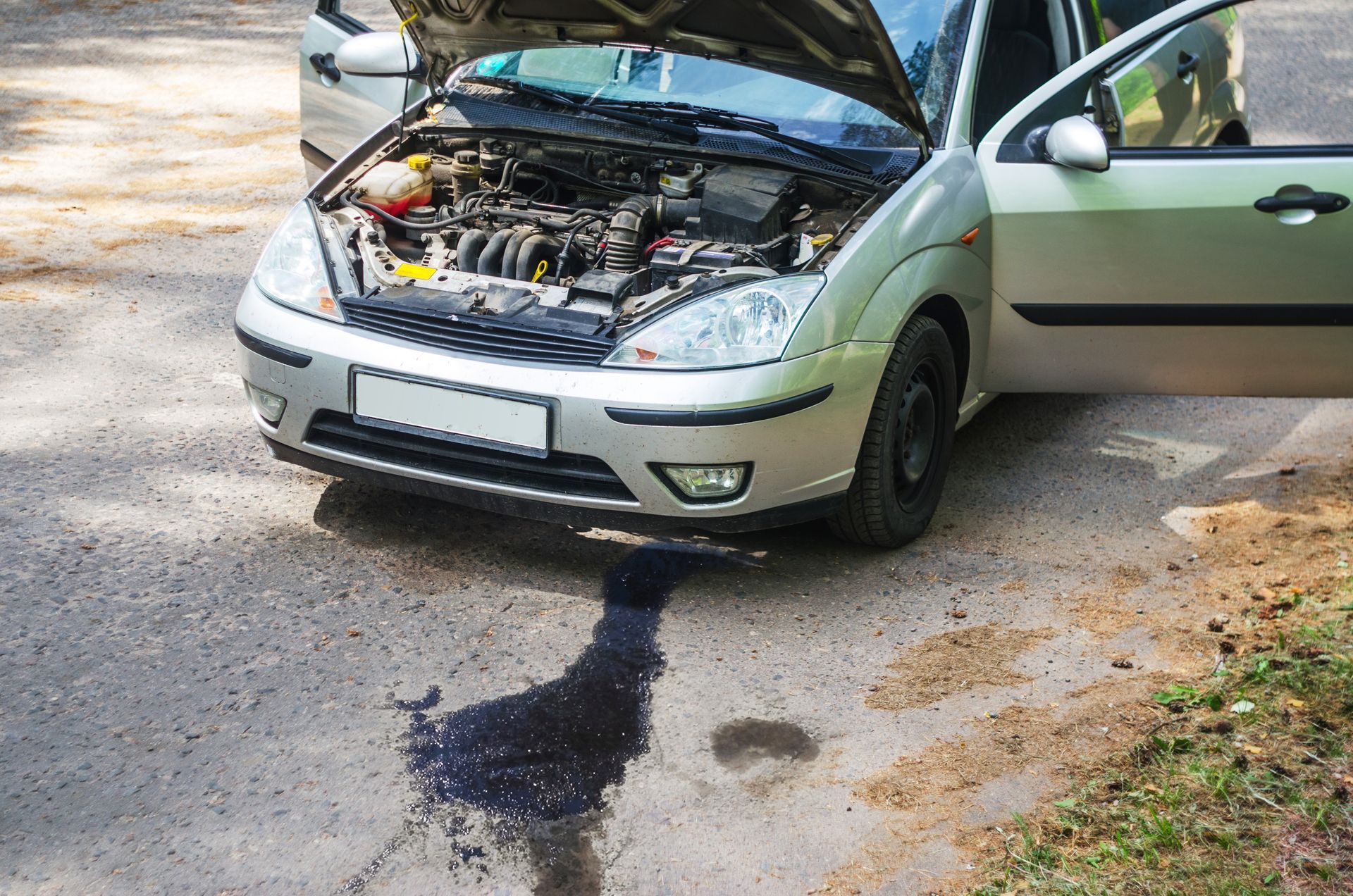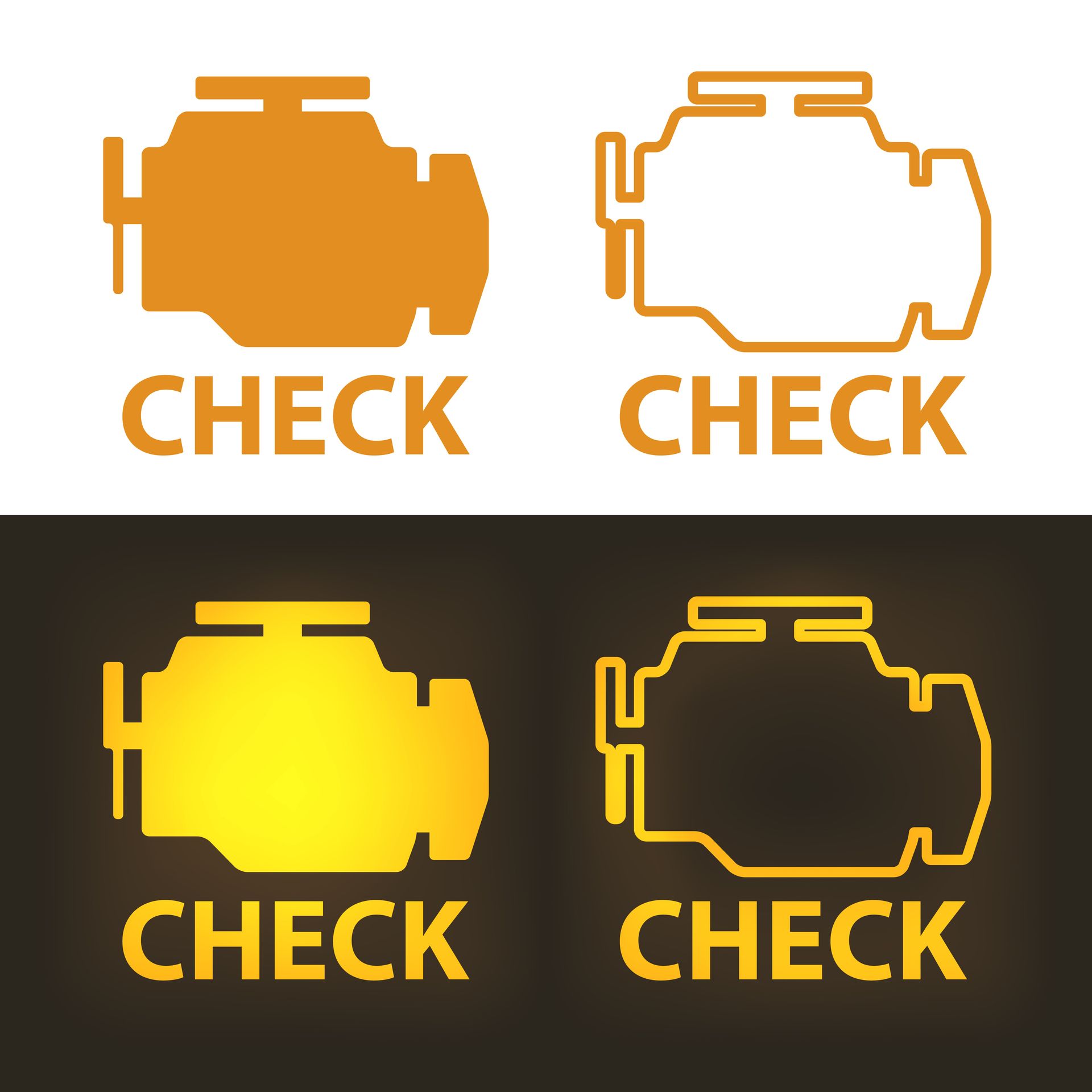When most drivers think about their vehicle’s suspension, they imagine ride comfort and how smooth or bumpy the drive feels. But your suspension system does much more than just absorb shocks from potholes and rough roads. It plays a crucial role in maintaining control of your vehicle, including its braking and steering capabilities. Ignoring suspension issues can lead to serious safety problems and higher repair bills down the line.
What Does the Car Suspension Do
The suspension system is made up of components like springs, shocks or struts, control arms, and bushings. These parts work together to keep your tires firmly in contact with the road surface. A well-functioning suspension ensures even tire wear, stable handling, and predictable vehicle behavior during turns and stops.
How Suspension Affects Braking
A healthy suspension system keeps your car balanced when you brake. When your shocks or struts are worn out, the vehicle may dive forward excessively during braking. This “nose dive” shifts weight abruptly to the front tires, reducing their grip and making it harder to stop quickly and safely.
In severe cases, uneven braking caused by poor suspension can increase stopping distances and make your car feel unstable during emergency stops. It can also stress your braking components, leading to faster wear on pads and rotors.
How Suspension Affects Steering
Steering depends heavily on suspension stability. If your suspension parts are worn or damaged, your car may feel loose or wobbly when turning.
A failing suspension system can cause the vehicle to sway or lean excessively in corners, reducing your ability to steer accurately. Additionally, poor suspension can lead to uneven tire wear, which further affects handling and steering response.
Signs of Suspension Trouble
Knowing the warning signs of suspension issues can help you catch problems before they compromise your safety:
- Excessive bouncing after hitting a bump
- A noticeable nose dive when braking
- Uneven or rapid tire wear
- A drifting or pulling sensation when turning
- Clunking or knocking noises from underneath the vehicle
- A crooked steering wheel even when driving straight
These symptoms are your car’s way of telling you that suspension components may be worn or failing.
Why You Shouldn’t Ignore Suspension Problems
When your suspension isn’t working properly, it puts extra strain on other parts of your vehicle. For example, brakes have to work harder to compensate for the reduced stability, and tires can wear out faster due to uneven contact with the road.
Ignoring these issues can turn a relatively simple fix, like replacing worn shocks, into more expensive repairs involving brakes, tires, and steering components.
Regular Inspections and Maintenance
Routine suspension inspections should be part of your vehicle’s overall maintenance schedule. During these checks, technicians look for worn bushings, leaking shocks or struts, and damage to springs or control arms.
Catching small issues early prevents them from evolving into major failures that could affect your ability to steer or stop safely.
When to Replace Suspension Components
Most shocks and struts are designed to last around 50,000 to 100,000 miles, depending on driving habits and road conditions. If you regularly drive on rough roads or carry heavy loads, your suspension may wear out sooner.
Replacing worn suspension components not only restores ride comfort but also significantly improves braking performance and steering response.
Stay Safe with JC Motors in Tualatin, OR
Your suspension system is a key part of your vehicle’s safety and handling. At JC Motors in Tualatin, OR, our experienced technicians know how to diagnose and repair suspension issues, keeping you confident in your driving. Whether you’ve noticed bouncing, uneven tire wear, or difficulty steering, we’re here to help.
Schedule an inspection today and ensure your suspension is supporting your ability to stop and steer safely.


